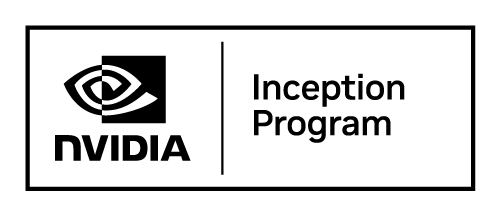Every talent leader knows this moment: the reqs and volume of applications keep piling up while headcount and budgets shrink.
“Can we automate more of this?” becomes the refrain.
Now you’re stuck in a familiar bind. Say yes to every automation pitch and you risk sanding off the human moments candidates actually remember. Say no too often and you look like you’re clinging to the past. Neither path feels great, and neither benefits you or candidates..
You can’t avoid automation. But you can reframe its role, and yours, from “replace the recruiter” to “elevate the recruiter.” Recruiting automation should clear the noise so humans can focus on judgment, context, and connection.
So, how do you thread that needle?
This playbook shares four field-tested tactics we’re seeing from high-performing TA teams — the ones pairing automation with an exceptional candidate experience instead of trading one for the other.
What are automated hiring workflows?
Automated hiring workflows refer to the use of technology to automate repetitive tasks in the hiring process.
They can be everything from automated job postings and initial candidate screening, to interview scheduling. The idea is to maximize recruiter productivity, reduce time-to-hire, and improve efficiency by reducing manual effort.
Why are automated hiring workflows in the spotlight?
The answer is simple: Recruiters are overwhelmed.
Job applications in Australia, New Zealand and the United Kingdom have surged to an all-time high, nearly doubling (42%) in the past year. Part of this is explained by the drastic increase in the number of AI job application bots that are auto-applying to jobs.
As a result, many teams are also experiencing pressure to experiment with AI recruiting software. More than 73% of companies will invest in AI-powered recruitment automation.
But it’s not all sunshine and rainbows. There are serious concerns that AI-powered hiring workflows will make the broken parts of recruitment even more broken.

1. Before you start, get clear on the why
Automated hiring workflows only work if you have a clear understanding of the problem you’re solving. Without it, every hammer (task) needs a nail (automation) and you’ll end up either biting off more than you can chew or automating work for marginal gains.
Here’s how to get clear on the problem:
- Pin down where you’re bleeding time or quality right now: sourcing volume, screening speed, interview scheduling, offer approvals, or compliance risk.
- Then whiteboard every step, owner, input, and handoff to see where work waits, where it gets duplicated, and where judgment is required versus repeatable tasks.
- Choose the north-star metric that matters most for this workflow: time-to-hire, qualified-per-open, offer-accept rate, cost-per-hire, or recruiter capacity reclaimed
2. Standardize to automate your hiring process
Standardize how your company hires, and make it easy for every team to follow. Not only does this reduce ad-hoc requests, speed decisions, and ensure every candidate gets a fair, consistent experience, it also reduces the risk of automation failing due to edge cases.
Make it self-serve by creating a hiring hub with requisition kickoffs, sourcing briefs, debrief checklists, and template emails for touchpoints like interview scheduling.
3. Human in the loop is a non-negotiable
Use human-in-the-loop to keep automation honest. The aim is to reframe every automation ask around outcomes and risk: what decision are we accelerating, what changes if we’re right, and what’s the cost if we’re wrong. From there, decide exactly where a person shows up.
In practice, treat “confidence” like a product. Set a minimum confidence threshold and require a corroborating signal before anyone moves forward without human review. When confidence dips or signals disagree, escalate quickly. Define who reviews, how fast, and what the candidate hears in the meantime so they’re not left shouting into the void.
Protect the human moments, too: a real point of contact, a live interviewer intro before the final loop, and personalized feedback for late-stage no’s. That’s how you keep speed without sanding off dignity.
4. Don’t try to boil the ocean
One of the common mistakes people make with automated hiring workflows is try to do everything at once. There’s often a perception from all of the AI hype that tools are ready to own the entire hiring process.
Unfortunately this just isn’t the case. We recommend instead that you focus on shipping one tiny, meaningful automation first and then expand once it works. Pick a single role and a single stage to improve, like first-round scheduling or the phone screen.
Run the pilot for two weeks, hold a 30-minute retro, and capture what worked and what didn’t. Reapply the same pattern to the next role or adjacent stage before adding new tools. After two clean wins, widen the scope and raise the target.
Pick your strategic starting point
You won’t automate everything overnight, but if you feel like you’re drowning, start putting the systems in place now. And if you’re a small team (or a team of one), choose just one place to create momentum for your pivot. The key is identifying your biggest point of friction and addressing it first.
At Truffle, we've helped dozens of recruiters make this transition. If you're ready to move beyond manually doing everything to build a strategic recruiting operation, let's talk about how we can help.



